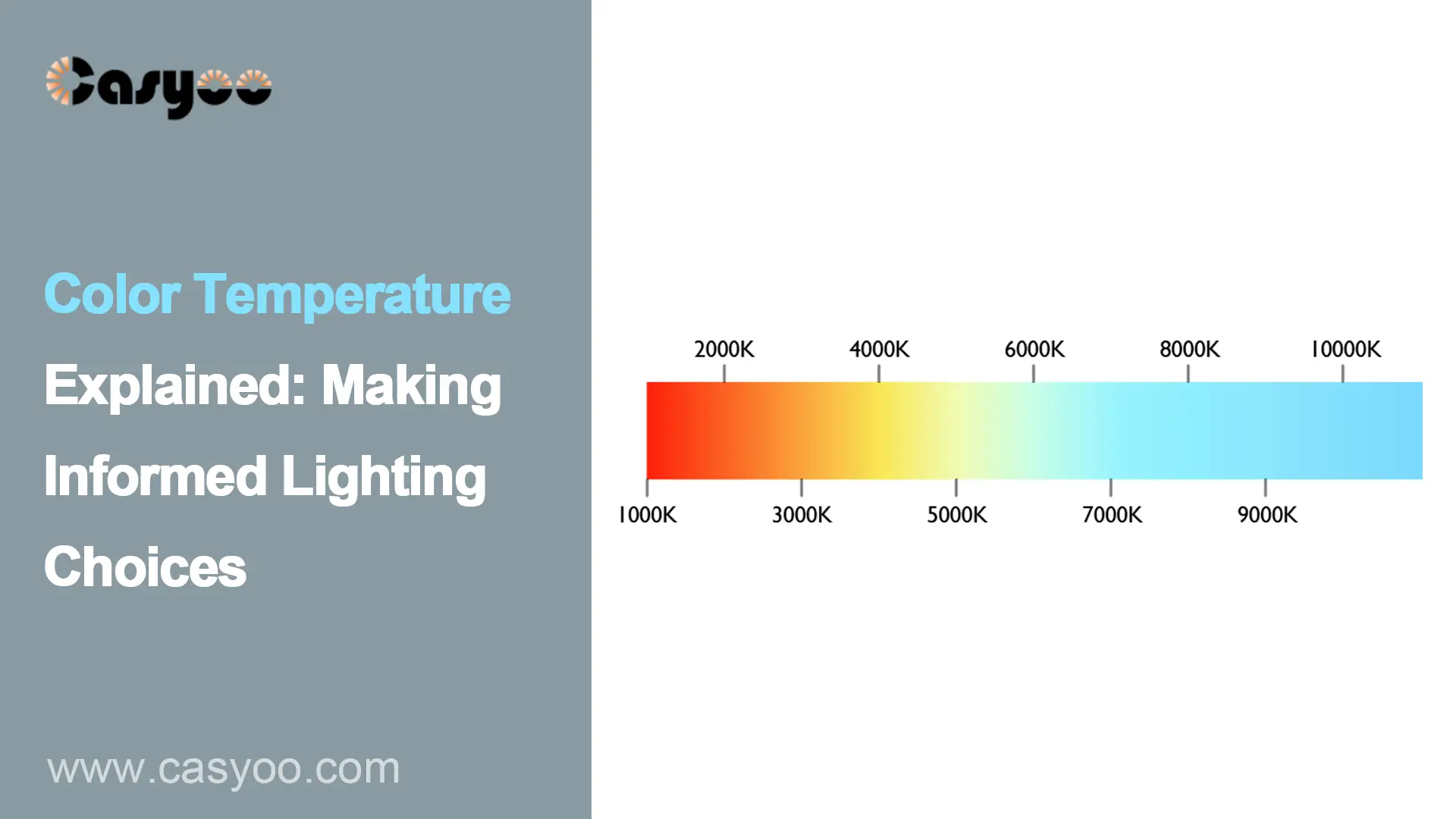After understanding what CRI (Color Rendering Index) means, you might find another similar concept confusing—color temperature. To put it simply, we can make a comparison between it and CRI. While CRI reflects how well the light source displays the actual colors of the lit object, color temperature is the color of the light it emits. Even though most lights may appear to produce white light, subtle distinctions exist within the realm of white. That is why it is useful when describing the light. In the following discussion, we’ll delve deeper into color temperature and how to select the right one for your space. So, keep reading!
Definition and classification of the color temperature
By heating a black substance, Max Planck determines the color temperature of a light source. The heated black body and the light source emit the same hue of light at a given temperature. This temperature is known as the color temperature, measured in Kelvin (K). The classifications of it are as below:
- Warm white (2700K-3000K): This color temperature presents a cozy, yellowish light that is similar to that of traditional incandescent lamps. It’s perfect for bedrooms and living rooms, creating a warm and inviting ambiance.
- Natural white (3500K-4000K): Falling between warm and cool white, natural white suits general lighting needs. You can use it in offices or corridors for balanced illumination.
- Cool white (5000K-6500K): This type of light is crisper and bluer. It can fit those settings that require heightened alertness and productivity, such as business or industrial areas.
Does color temperature matter?
When considering the effect of lighting, it can be very significant. Different settings call for different color temperatures to match their purposes. Warm white lighting promotes relaxation and a homely atmosphere. Conversely, cool white lighting enhances concentration, making it ideal for tasks like reading, drawing, or cooking.
What’s more, it can also affect the body’s biological rhythms. High color temperatures make people more alert during the day, while low color temperatures help them relax and fall asleep at night.
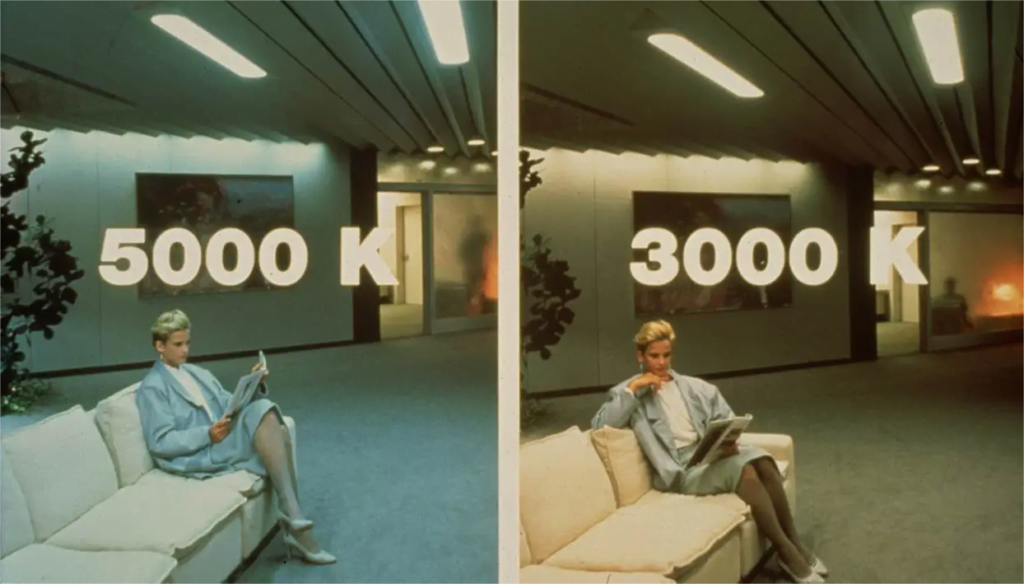
How do I choose the color temperature?
One of the easiest ways is to refer to the common choices for different settings.
- Residential areas: You can apply lights with low color temperatures ranging from 2700K to 3000K at places like bedrooms, living rooms, and other rest areas to make the atmosphere more relaxing. In areas like kitchens and bathrooms, it can be a little higher, between 3000K and 4000K, to provide clearer light.
- Offices and study areas: A color temperature between 4000K and 5000K works well in these spaces as it enhances alertness, focus, and productivity.
- Commercial and retail areas: Commercial and retail spaces benefit from natural or cool white lighting, ranging from 3500K to 5000K, to create a bright environment that accurately displays merchandise colors.
- Outdoor lighting: Which outdoor lighting option is best depends on the specific requirements. For security lighting, you can choose 5000K; for landscape lighting, the warm white is more helpful to create a special atmosphere. Casyoo provides various decorative lights with a suitable color temperature to beautify your space.
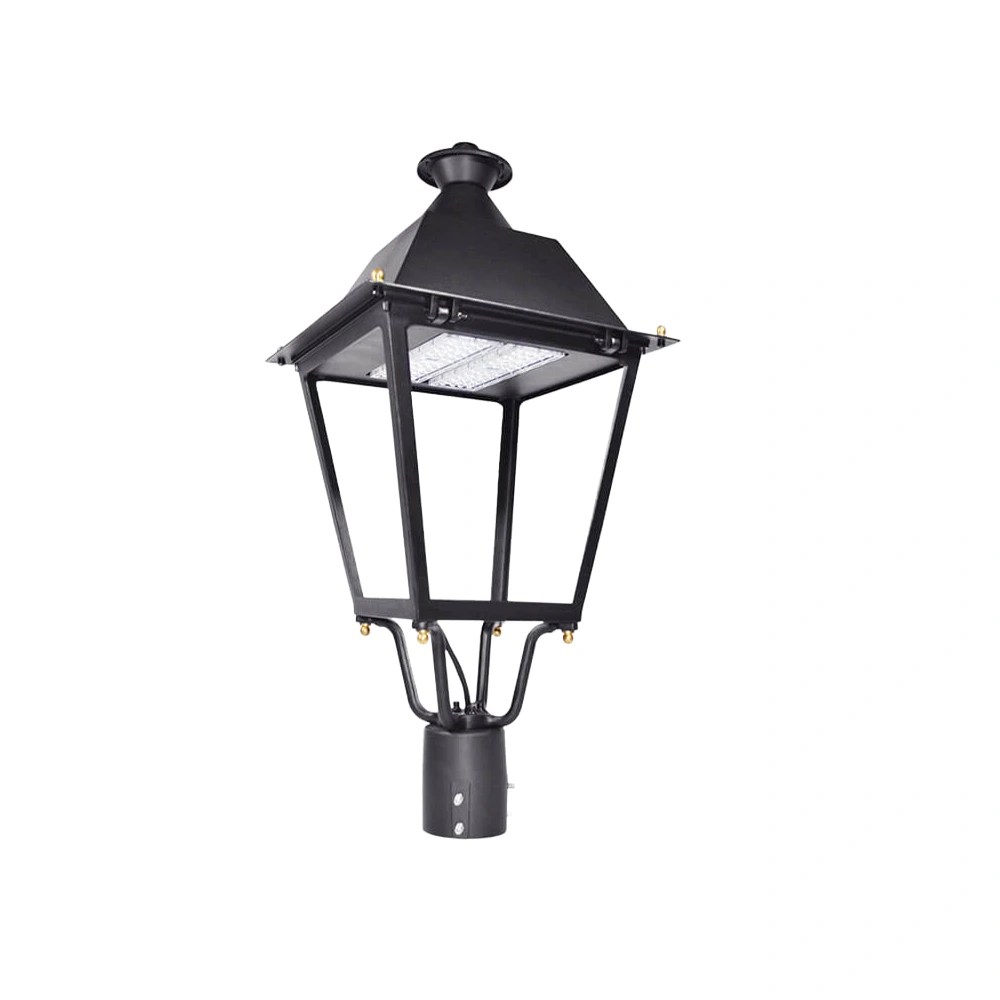
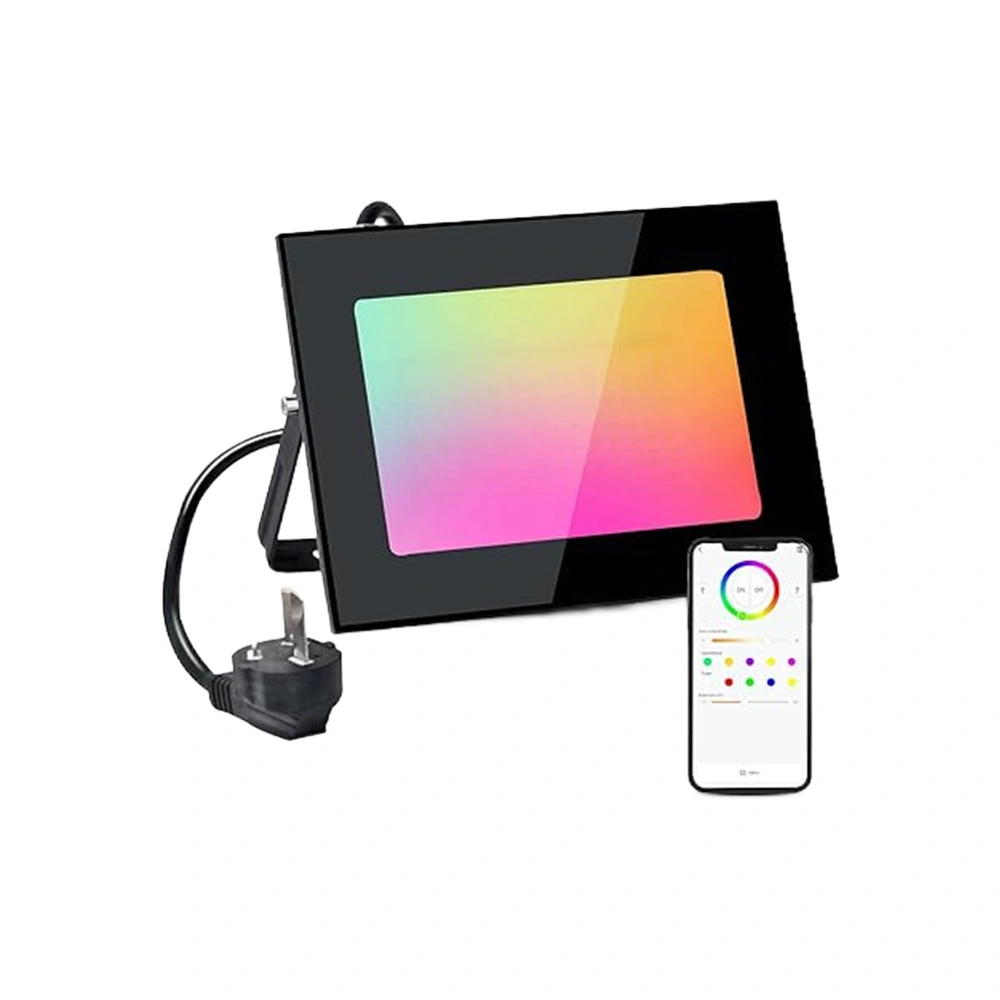
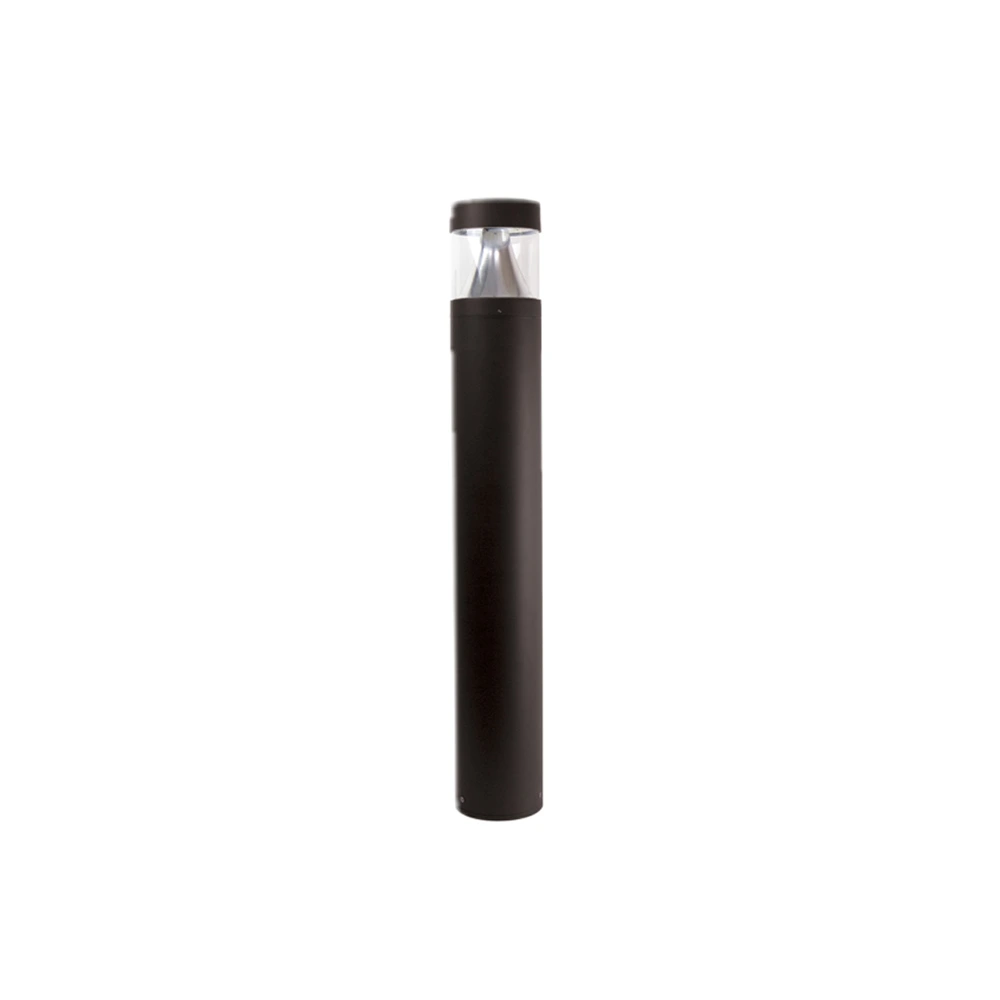
Here are some more considerations:
- Decorative style: Warm white lighting complements traditional and cozy decor styles, while cool white lighting suits modern and fresh aesthetics.
- Consistency: While choosing the color temperature for adjacent areas, be aware that it should be similar to prevent conflicting lighting effects and visual fatigue.
- Personal preference: Some people prefer warm white light, while others lean toward cool white. For more pleasing illumination, select the one that suits your preferences.
Conclusions
The color temperature of LEDs can be classified into warm white, natural white, and cool white, each suited to different applications. Make sure you choose the right one to harmonize your lighting with your space so that the lighting won’t be abrupt or inappropriate. You can make your selection based on recommendations for common lighting scenarios and consider other factors like consistency. If needed, don’t hesitate to reach out to us for professional guidance in choosing the perfect color temperature!

